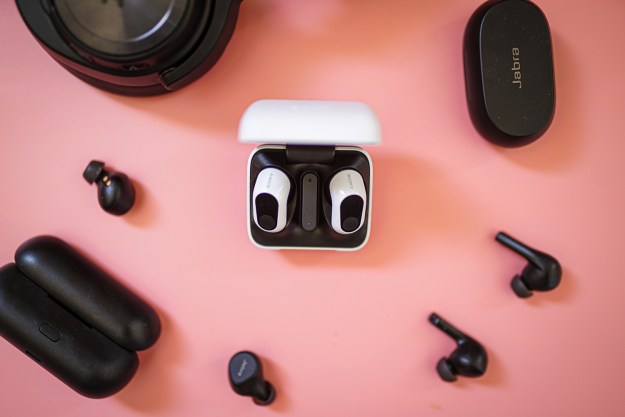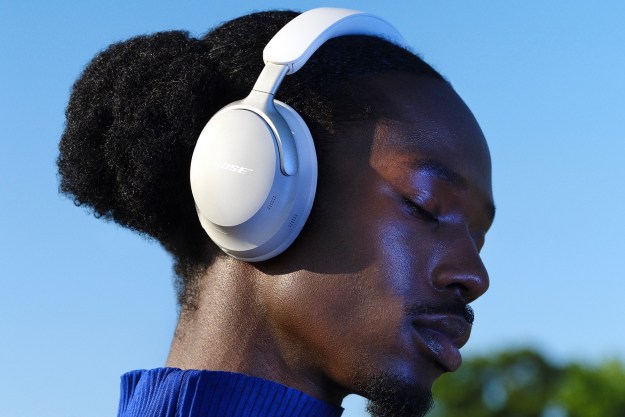Editor’s note: Prior to the official launch of its new true wireless earbuds, Technics provided Digital Trends with pricing information for the EAH-AZ40 and AZ60. This set the price of the AZ40 at $130 and the AZ60 at $200, which we initially reported. However, following the launch, Technics informed us that the pricing had been changed. We’ve adjusted the prices accordingly in the article below.
Following on the heels of the EAH-AZ70, its first set of noise-canceling true wireless earbuds, Technics is back with two new true wireless models that are more compact and offer better call quality than their predecessor. The $230 EAH-AZ60 come in silver and black, and the $150 EAH-AZ40 can be ordered in silver, black, and rose gold. Both models will be available in October. In the U.S., the EAH-AZ60 replaces the AZ70.
Though the two models look a lot alike, there are some significant differences under the hood. The more expensive AZ60 come with active noise cancellation (ANC) and support for Sony’s LDAC Bluetooth codec, two features that the more affordable AZ40 lacks. LDAC can deliver a much higher quality of audio over a Bluetooth wireless connection than the more common SBC and AAC codecs, but your phone will need to support LDAC, too, otherwise you won’t get the benefits. Currently, only select Android models support LDAC.

Technics claims that using the optional LDAC codec (both models let you use SBC or AAC, too) consumes more battery life, something we’ve seen on similarly-equipped earbuds like Sony’s $280 WF-1000XM4. You’ll get 4.5 hours of playback time when you use LDAC in conjunction with ANC, but that jumps to seven hours when you opt for AAC instead of LDAC. If you then turn ANC off as well, you can get a maximum of 7.5 hours per charge on the earbuds, with a total of 25 hours when you include the charging case’s capacity — the same numbers Technics quotes for the AZ40.
- 1. Technics EAH-AZ40
- 2. Technics EAH-AZ60
Another difference is in the driver designs that Technics has used. For the AZ60, the company has incorporated 8mm drivers, while the AZ40 get slightly smaller 6mm drivers. Presumably, the smaller drivers will equate to sound quality that isn’t as high as the AZ60, but Technics points out that the AZ40 are smaller as a result, which some folks might prefer. We found the AZ70 sounded great, but they were also pretty bulky.
Both models include Technics’ JustMyVoice technology, providing you with what the company says is “crystal clear voice communication during calls.” After a few seconds of use, the voice detection mics detect your voice when speaking, while the two other mics capture your voice and reduce surrounding noise with beamforming technology. Both models also offer two kinds of transparency mode for hearing outside sounds. Natural Ambient Mode brings in a wide variety of sounds, while Attention Mode zeroes in on just people’s voices.
Both the AZ40 and AZ60 possess something that is fairly rare in the true wireless world: Bluetooth multipoint pairing, which lets you connect the earbuds to two devices simultaneously, like a smartphone and a PC. They also have IPX4 protection from water, offer wind-noise reduction, and can be customized using the Technics Audio Connect app.
Editors' Recommendations
- Nothing’s new earbuds upstage Apple, Google, and Amazon by embedding ChatGPT
- Sennheiser’s new sports earbuds send heart rate, temperature to popular fitness apps
- The most innovative headphones and earbuds of 2023
- Creative’s Aurvana Ace are the first wireless earbuds to use MEMS drivers
- Earfun Free Pro 3 wireless earbuds will make you question Apple’s prices






